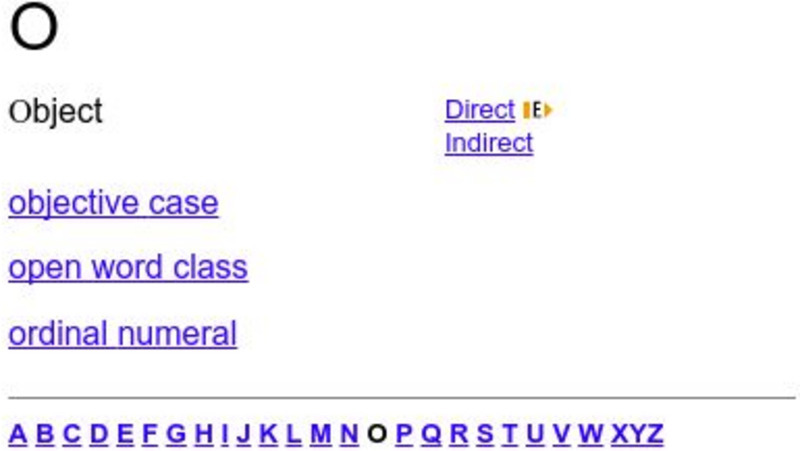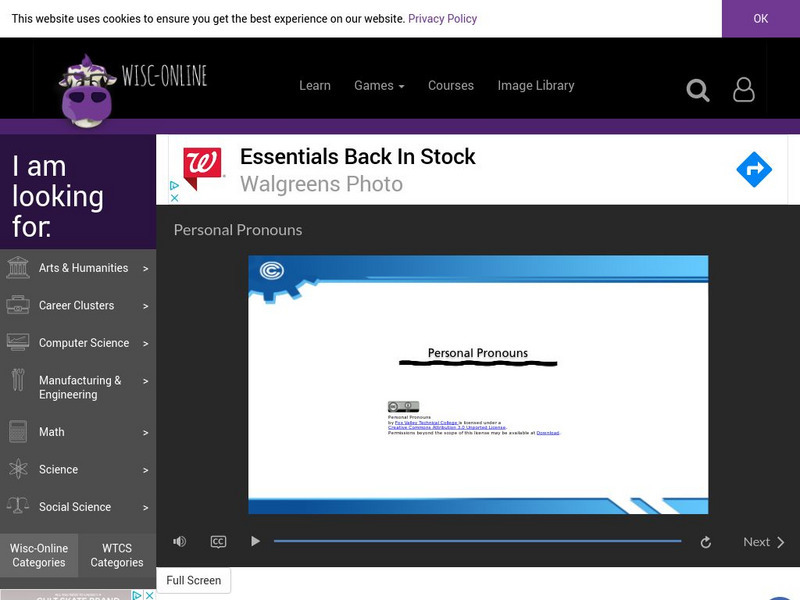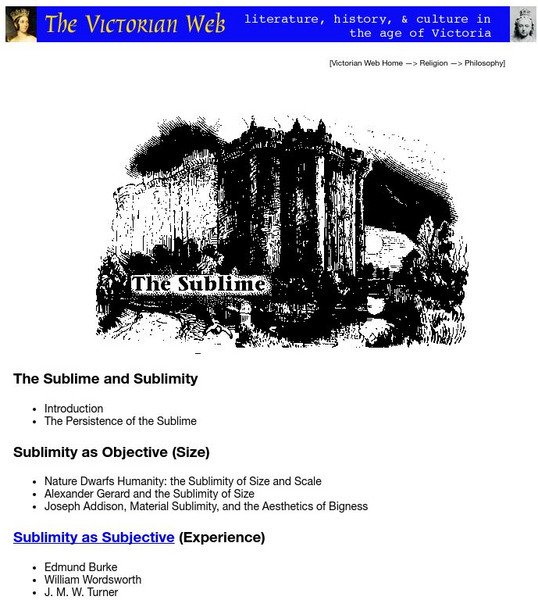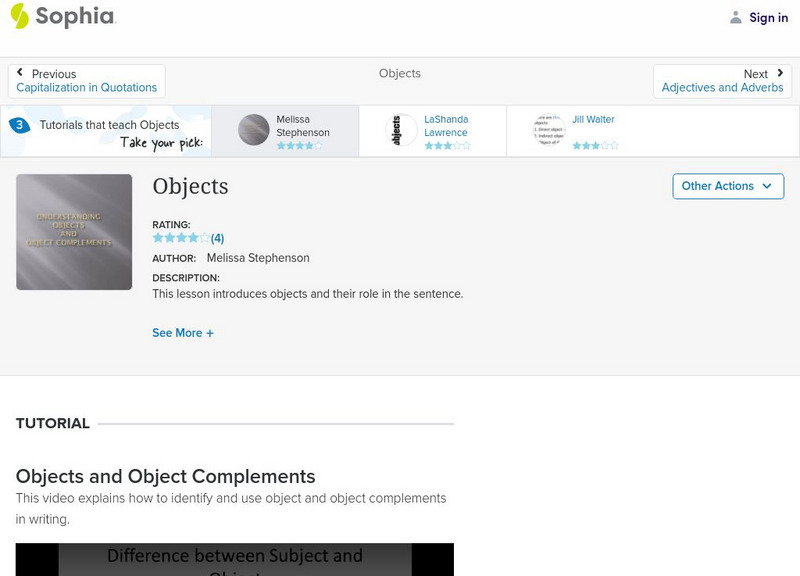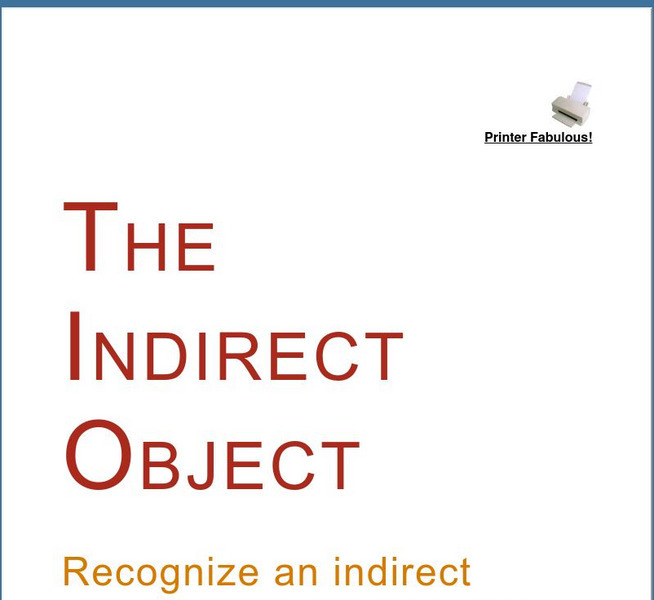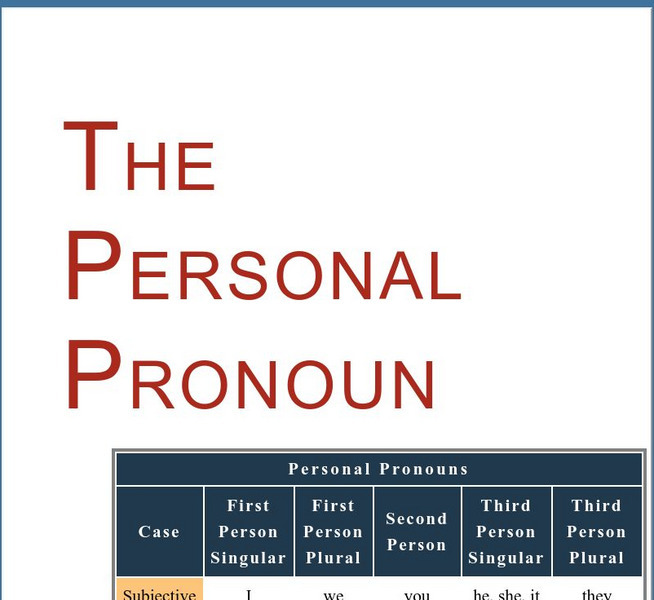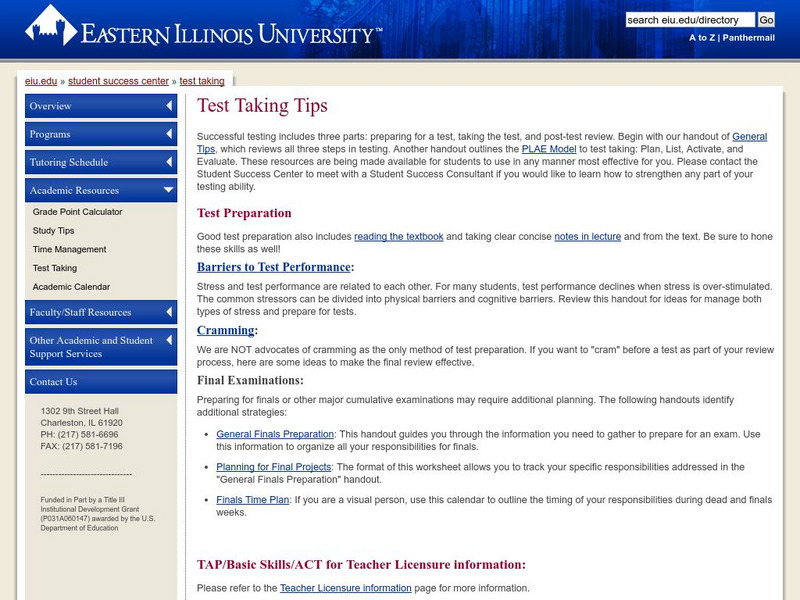Hi, what do you want to do?
Sophia Learning
Sophia: Objects
This slideshow lesson focuses on objects: direct objects, indirect objects, and the objects of the preposition; it also discusses objective complements. It defines objects in general and each of the above individually and provides...
Sophia Learning
Sophia: Pronoun Cases
This slideshow lesson focuses on pronoun case; it defines pronouns and lists the three cases: subjective, objective, and possessive. It reviews personal and possessive pronouns including lists for 1st, 2nd, and 3rd person. It discusses...
University College London
University College London: Object
Click on appropriate index links to discussions on direct object, indirect object, and objective case. Site by University College London.
abcteach
Abcteach: Noun Skill Sheets
[Free Registration/Login Required] Teachers will find several worksheets for primary, elementary and middle school students identifying the role a noun or pronoun plays, collective nouns, diminutives, as well as definitions and...
Wisc-Online
Wisc Online: Personal Pronouns
In this learning module, students read about the difference between the subject and object form of personal pronouns and test their knowledge in practice exercises.
Towson University
Towson University: Online Writing Support: Usage Pronoun Case
This entry focuses on using the correct pronoun case to fit the pronoun's function in the sentence. It provides rules and examples of subjective, objective, and possessive case usage, the correct usage for who and whom, and other case...
Victorian Web
The Victorian Web: The Sublime
This site provides an excellent variety of essays divides the topic of the sublime into four categories: objective sublime, subjective sublime, characteristic literary motifs, and cultural relations.
Grammarly
Grammarly Blog: Pronoun Case
An explanation with examples of subjective, objective, and possessive case pronouns.
Sophia Learning
Sophia: Pronoun Cases
This lesson goes over pronoun case, including the subjective case, the objective case, and the possessive case. This tutorial lesson shares a short screencast [05:20] and provides review questions over the lesson's content.
PBS
Pbs Learning Media: Proper Case for Pronouns
Pronoun case is determined by how we use the pronoun in a sentence. There are three ways: subjective, when the pronoun does something; objective, when something is done to our pronoun; and possessive, when our pronoun possesses...
Sophia Learning
Sophia: Objects
This lesson focuses on objects and object complements; it defines objects and shows how they are used in sentences. It explains the difference between subjects and objects, and it defines object complements and explains how to identify...
Grammarly
Grammarly Blog: Nouns
This page focuses on nouns including definitions, types of nouns (person, place, thing/idea), common vs proper nouns, types of common nouns (concrete, abstract, collective), nouns as subjects, nouns as objects, nouns as subjective and...
Other
Ideas About Judging Art
This site is a personal reflection on judging art from both a layperson and professional point of view.
Smithsonian Institution
Smithsonian Learning Lab: Plants and Animals: Partners in Pollination
Smithsonian Education presents a series of three lesson plans whose focus is plants and animals in their role as partners in pollination. Each activity comes complete with clear learning objectives, materials list, subjects covered,...
Discovery Education
Discovery Education: Lesson Plans Library K 5
This resource presents a lesson plan library which holds hundreds of lesson plans organized by grade level and subject area. Often rooted with an Internet research piece, each lesson plan contains specific objectives, procedures,...
Grammarly
Grammarly Blog: Who and Whom
This page focuses on correctly using who or whom. Since who is a subjective pronoun, you can try replacing it with another subjective pronoun such as he or she to see how it sounds. Whom is an objective pronoun and can be replaced with...
Texas Education Agency
Texas Gateway: Analyze Point of View in Literary Texts/fiction
Identify and understand an author's choice of point of view, including limited versus omniscient and subjective versus objective.
University of Victoria (Canada)
The U Vic Writer's Guide: Knowing the Basics of Grammar
This grammar tutorial for college students features help on verb agreement, the use of semicolons, sentence structure, and more.
Robin L. Simmons
Grammar Bytes: The Indirect Object
Printable information is provided that demonstrates how to identify an indirect object in the context of a sentence.
Robin L. Simmons
Grammar Bytes: The Personal Pronoun
Printable information is provided that demonstrates how to identify a personal pronoun in the context of a sentence.
Read Works
Read Works: Washington Rides Again
[Free Registration/Login Required] An informational text about wax statues of George Washington at Mount Vernon in Virginia. A question sheet is available to help students build skills in identifying fact and opinion.
Sophia Learning
Sophia: Who vs. Whom
This lesson discusses the difference between who and whom and explains when each one should be used. This tutorial lesson shares a short slideshow with the lesson's content.
University of Victoria (Canada)
Study Zone: Forms of Possessive Pronouns and Adjectives
Basic information and a follow-up exercise about possessive pronouns and adjectives. Color-coded examples are provided for easy understanding.
Other
Eastern Illinois University: Taking Tests
Provides tips for test preparation and test taking strategies.
Other popular searches
- Subjective and Objective
- Objective Subjective View
- Objective Subjective History
- Objective Subjective Writing
- Objective Subjective Pov
- Objective Subjective Prov







